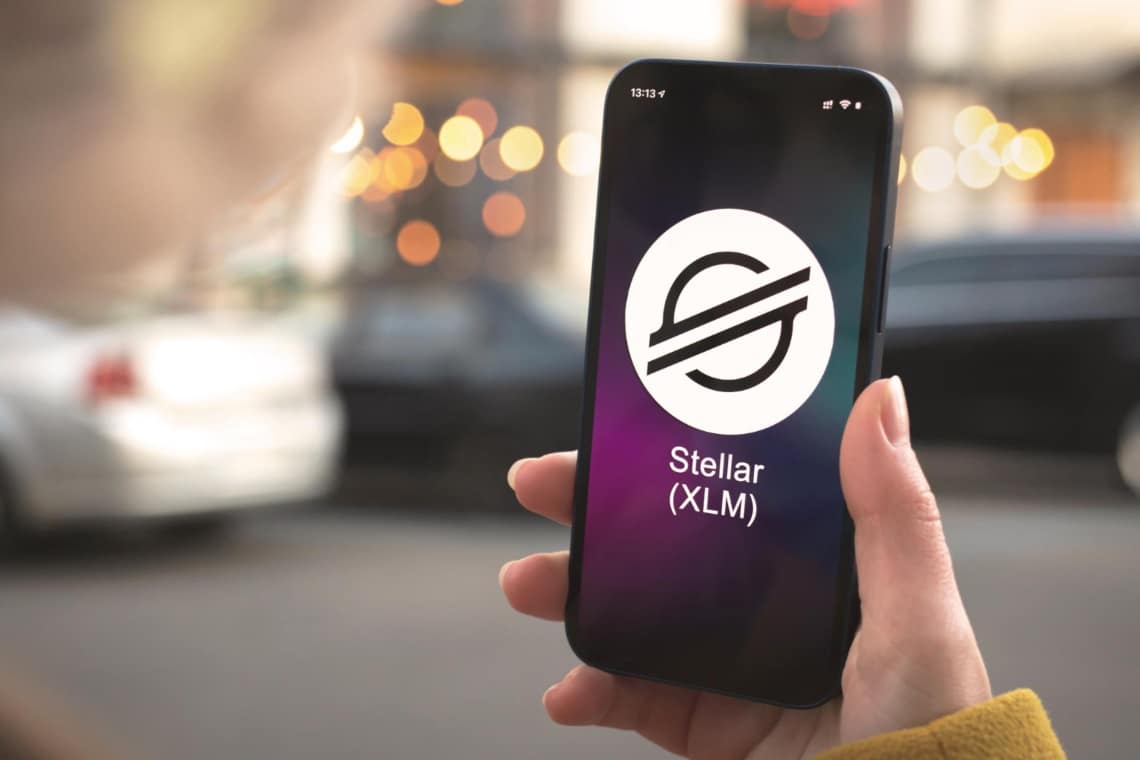Stellar Lumens (XLM) is the native cryptocurrency of Stellar’s blockchain.
Over the course of 2022, its market value dropped 74%, and right now it is almost -92% from its highs.
Last year, it was affected positively by the big bull run, but failed to update the all-time high of $0.87 touched in January 2018, which was during the peak of the previous cycle.
Last year’s peak was in May at $0.72, which is not far below the $0.87 peak four years ago.
Summary
Stellar: the on-chain data
This data would suggest an investor flight from XLM, and yet this year Stellar has been trading much higher than last year.
A few days ago, Denelle Dixon shared a 2022 Stellar report on the project’s official blog.
In the article, she highlights some usage metrics that appear to be up sharply this year compared to last year.
First, the number of accounts increased by 17%, exceeding 7 million.
But more importantly, the number of transactions increased a lot. Overall it went from 1.8 billion to 3.6 billion, an increase of 92%.
However, it is worth mentioning that on the Ethereum blockchain alone about a billion transactions are recorded every day, while for Stellar we are talking about 3.6 billion transactions in a year.
In particular, the number of payments increased from 125 million to 345 million, which is +146% in 2022 compared to 2021.
In addition to this on-chain data, the report reveals that the value of relevant assets, i.e., assets tied to real financial instruments that connect Stellar with the global financial infrastructure, has also grown.
During 2022, Stellar has seen a 1.9-fold increase in the daily transaction volume of these assets since the beginning of the year.
The price of Stellar (XLM)
Until early May, the price of XLM had not fallen below $0.17 this year.
However, the implosion of the Terra/Luna ecosystem caused it to plummet to $0.12, later falling further to nearly $0.10 in June.
However, Stellar’s price also fell in July, unlike that of major cryptocurrencies, albeit until early November.
The collapse of FTX sent it down again to $0.08, and in mid-December it fell again to below $0.075.
It has also fallen in recent weeks, down to $0.071.
This trend is totally contrary to actual usage, but it is a consequence of the bursting of the bubble.
What is more worrying, however, is that in November 2020, before the last big bull run began, the price of XLM was around $0.08. So the current price has fallen below the pre-bubble price.
One might have expected that once the bubble burst, the price would have basically returned to where it was, but apparently instead, the bursting of this bubble is hurting the price of XLM particularly badly.
It is worth mentioning that during the March 2020 financial market crash, due to the onset of the pandemic, the price even fell below $0.04, so it seems that in theory there may still be room even for a further decline.
The forecast for 2023
Denelle Dixon in her 2022 report also added a paragraph devoted to Stellar’s 2023.
Some of the goals pursued in 2022 will be pursued again next year: increasing network scalability and innovation, engaging the network more, and promoting diversity inclusion.
There was a lot of work done in 2022, and it will continue in 2023 after the new roadmap is published.
However, from these words, there is no indication of a possible qualitative leap for Stellar in 2023 that could pull it out of the quagmire in which it seems to have ended up in the latter part of 2021 and in 2022.
The Stellar project
It is worth mentioning that Stellar is a second-generation crypto project, founded in 2014 by Jed McCaleb and Joyce Kim, i.e., before the emergence of Ethereum.
McCaleb previously founded the famous Mt. Gox crypto exchange, as well as the P2P network eDonkey, and most importantly had been CTO of Ripple.
It is possible that over the years he has lost much of his capacity for innovation. Indeed, in 2014 Stellar was one of the most cutting-edge crypto projects, and until 2018 it was considered one of the most interesting ever, after Bitcoin and Ethereum.
But with the arrival of third-generation projects, such as Tron or BSC (Binance Smart Chain), it started to suffer a lot from competition.
Despite this, 2022 seems to have seen a kind of revival of it, at least on-chain, with a level of usage not seen in a long time.
At this time, however, it is also and above all suffering from competition from Ethereum, mainly due to the move to PoS and the various Layer 2 solutions that are becoming more widespread, most notably Polygon, Arbitrum, and Optimism.
In an ecosystem where competition is only increasing, it will be very difficult for less innovative projects to be able to carve out a meaningful space.




